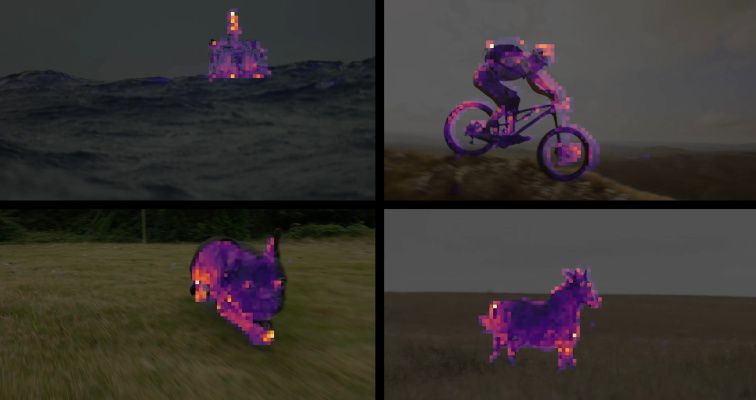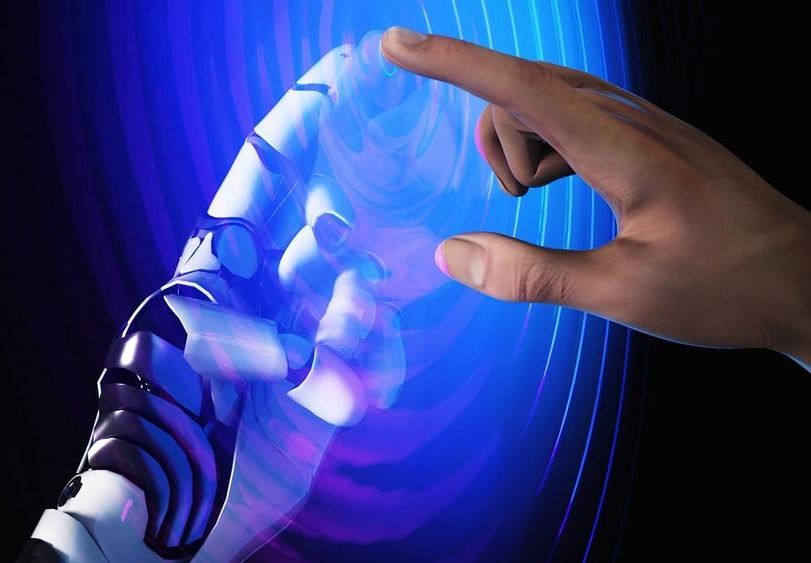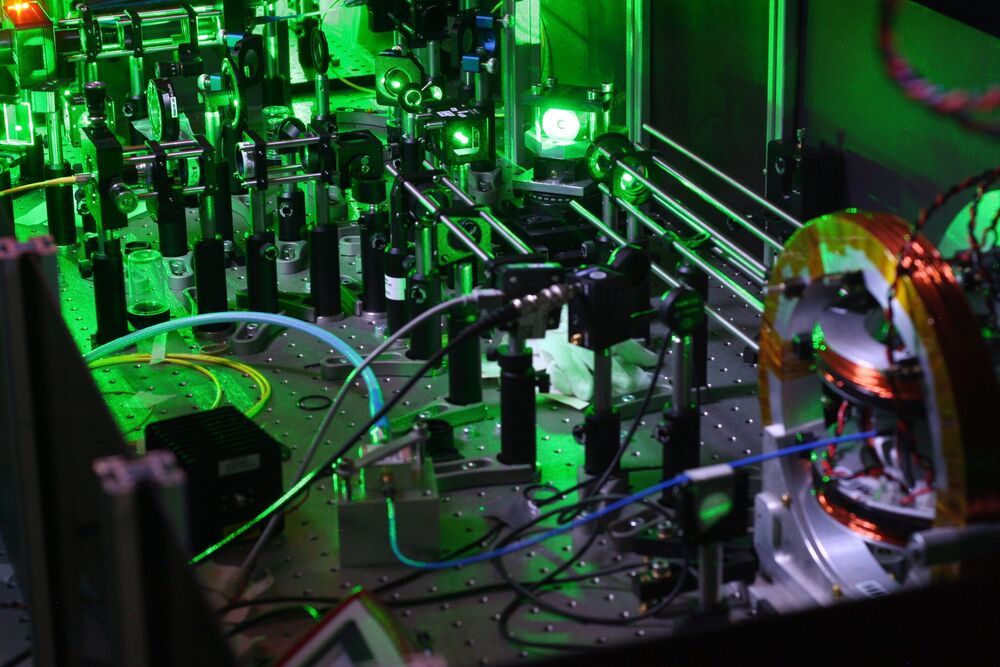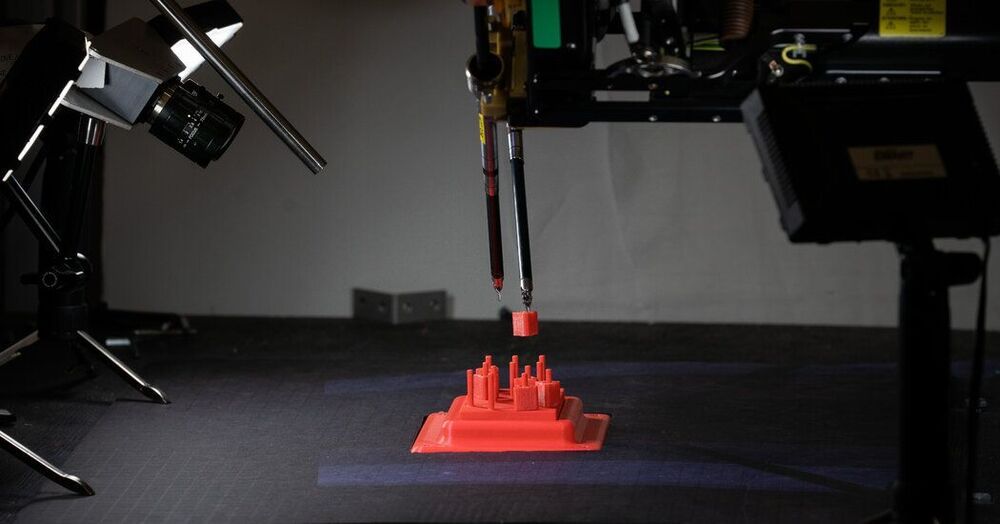May 1, 2021
World’s largest compressed air grid “batteries” will store up to 10GWh
Posted by Jason Blain in categories: energy, sustainability
California is set to be home to two new compressed-air energy storage facilities – each claiming the crown for the world’s largest non-hydro energy storage system. Developed by Hydrostor, the facilities will have an output of 500 MW and be capable of storing 4 GWh of energy.
As the world shifts towards renewable energy, grid-scale storage is becoming ever more crucial. Getting carbon emissions to net-zero will require a patchwork of technologies to smooth out unpredictable and inconvenient generation curves, with pumped hydro, huge lithium-ion batteries, tanks full of molten salt or silicon, thermal bricks, or heavy blocks stacked up in towers or suspended in mineshafts all in the mix.
Continue reading “World’s largest compressed air grid ‘batteries’ will store up to 10GWh” »


















